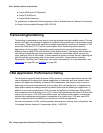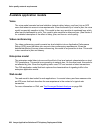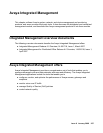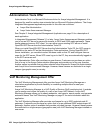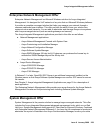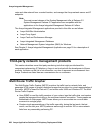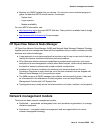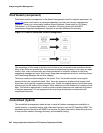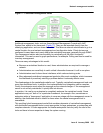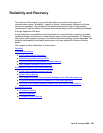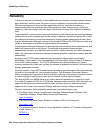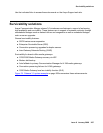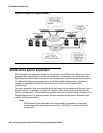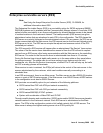
Avaya Integrated Management
262 Avaya Application Solutions IP Telephony Deployment Guide
Distributed (component)
Distributed network management is the default management model for network equipment. As
Figure 76
shows, each device is managed separately, and can have its own management
interface. There is no commonality between these interfaces. Some might be CLI-based,
Web-based, or GUI-based applications. In addition, third-party tools such as MRTG
complement integrated management interfaces to provide additional functionality.
Figure 76: Tools for distributed network management
The advantage to this model is that the cost of tools is low compared to the centralized model.
Many of the tools are included with the purchase of networking equipment, and many are open
source. Also, many of these tools are more specialized on a specific platform or task than
centralized management tools. Most Avaya Integrated management products, including Avaya
VoIP Monitoring Manager, fall into this category.
There are numerous disadvantages to this model. First, this model requires more support
personnel than the centralized model. Next, there are numerous interfaces that support staff
must learn, which greatly increases training costs. Finally, the support person must check many
places to get the full status of the network, which adds time and the likelihood of missing critical
data. This model is appropriate in small to medium-sized enterprises with relatively few pieces
of network equipment. It is not appropriate for most large enterprises or enterprises with
complicated networks.
Centralized (hybrid)
The centralized management model strives to make all network management available in a
central location. It generally begins with a framework product such as HP OpenView NNM. This
framework product serves as an SNMP trap receiver for alarm data sent by networking devices.
It also provides network topology discovery and availability testing.



